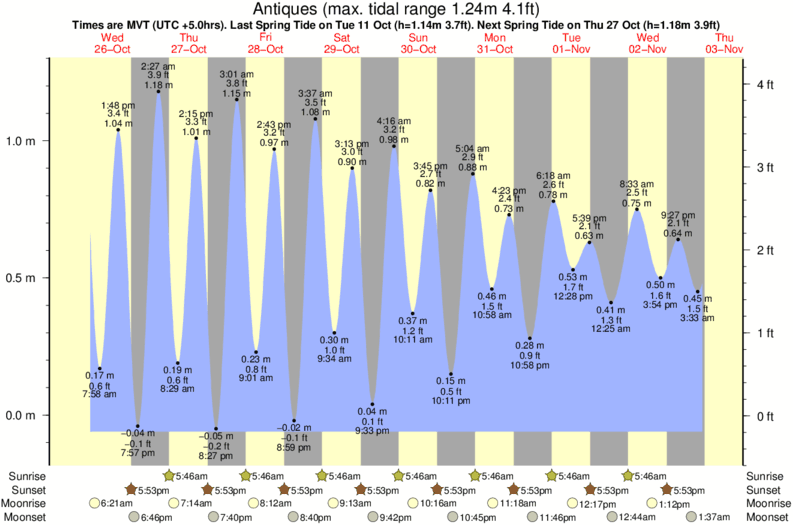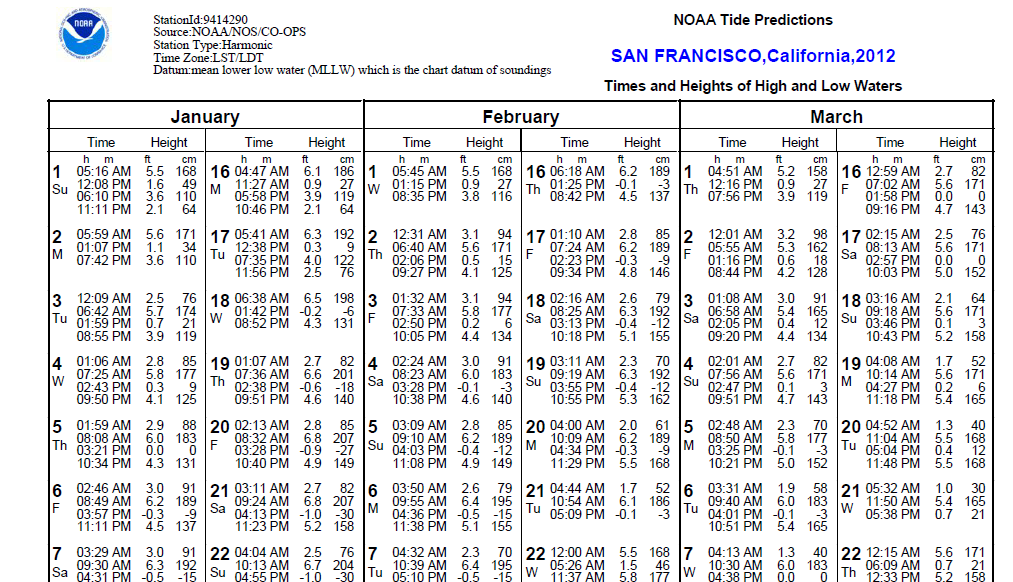

The “non-free” dataset, including UK and the Netherlands, is no longer updated. The latest updates are available from the Xtide site, and. These are presently the only area with, up to date freely available, tidal data. Updated files are normally published in December each year.
Tide graph display software#
], a well known free software tidal aplication ( GPL license), maintains regularly updated. The default, IDX dataset for tides and currents is limited, mainly for copyright reasons. The latter consits of a pair of files called HARMONIC and HARMONIC.IDX, in a directory. Grib Weather Plugin Using alternative data sets The general case with “Rotary Tidal Currents”, can not be displayed with this interface, but are available for some areas as Grib files. Note that OpenCPN can only display “Reversing Currents” found in restricted waterways, such as rivers and straits. The Yellow box, with time,speed and direction, follows the cursor when hovering over the dialog. To see the current graph, press “Show Current Information” at the bottom of the menu. If a waypoint, route or a track is, or passes, on top of a current icon, a rightclick will show a context menu for those features. Right click the orange box to see current graph: When zoomed in to a scale greater than this, the current will also be displayed with a number To do this go to Options→Ships→AIS Targets and tick the box “ Show names with AIS targets at a scale grater than 1:”, and set a scale. The values below 100 mean the arrows will be smaller than now, the values above 100 will cause them to be bigger.Ī numerical value can be displayed next to the arrow. In the section you can set the option CurrentArrowScale to a positive number representing a percentage scaling factor of the current arrows. The size of the arrows can be customized by users in the opencpn.ini (nf) file.

Right click, for the magnitude of the current.Īrrow indicates current direction and strength - the bigger the arrow, the more current. No direction is associated with these stations but they can be queried, trough a Master current stations are shown like this Note that “current” here is short for “Tidal Current”, and is the same as the UK term “Tidal Stream”. In North America it is common to use a three or four letter acronym for timezones.Īvailable current stations will show on the chart as orange diamonds, when zooming in arrows will appear pointing in the direction of the set.

The time axis at the bottom displays the time, in this case he timezone is “Z +01:00”, which is the same as one hour ahead (east) of UTC, that used to be called GMT. The Yellow box, with the tidal rise and time, follows the cursor when hovering over the dialog. Time and height for HW and LW is displayed in the upper right part. This is important when you have multiple sources covering the same area. The Tidal Dialog gives the name of the station as well as the the name of the Data Source file. To see the tidal graph, press “Show Tide Information” at the bottom of the menu. If a waypoint, route or a track is, or passes, on top of a tidal icon, a right-click will show a context menu for those features. Right click the middle of either icon to see the tidal graph: Here, the tide is rising towards High Water. The “V” inside he bar indicates that the tide is decreasing towards Low Water. The tidal rise is 2.5m above the chart datum. The vertical bar contains a lot of information at a glance. The “T” becomes a yellow and blue vertical bar when the scale is greater than 1:500.000


 0 kommentar(er)
0 kommentar(er)
